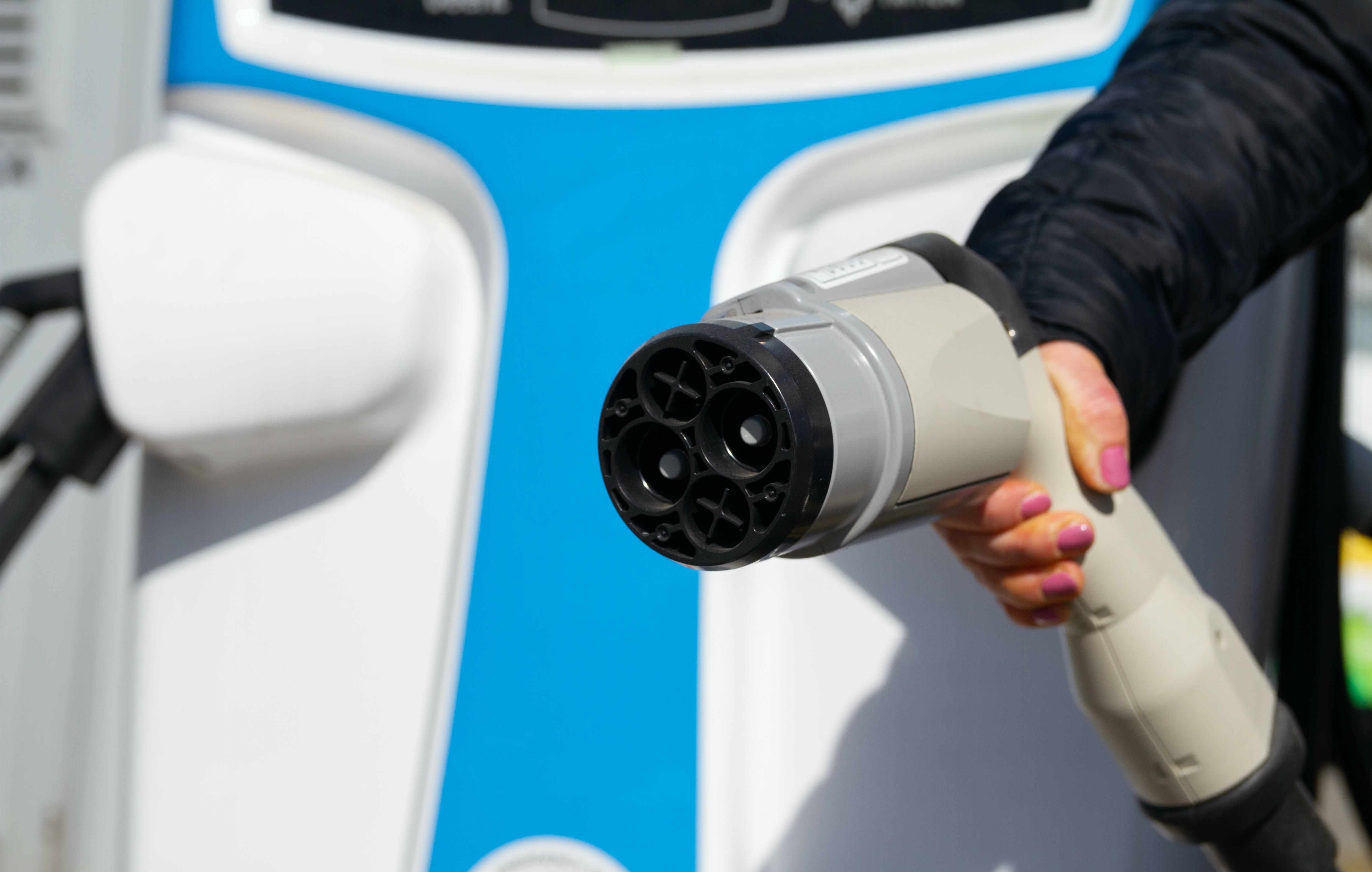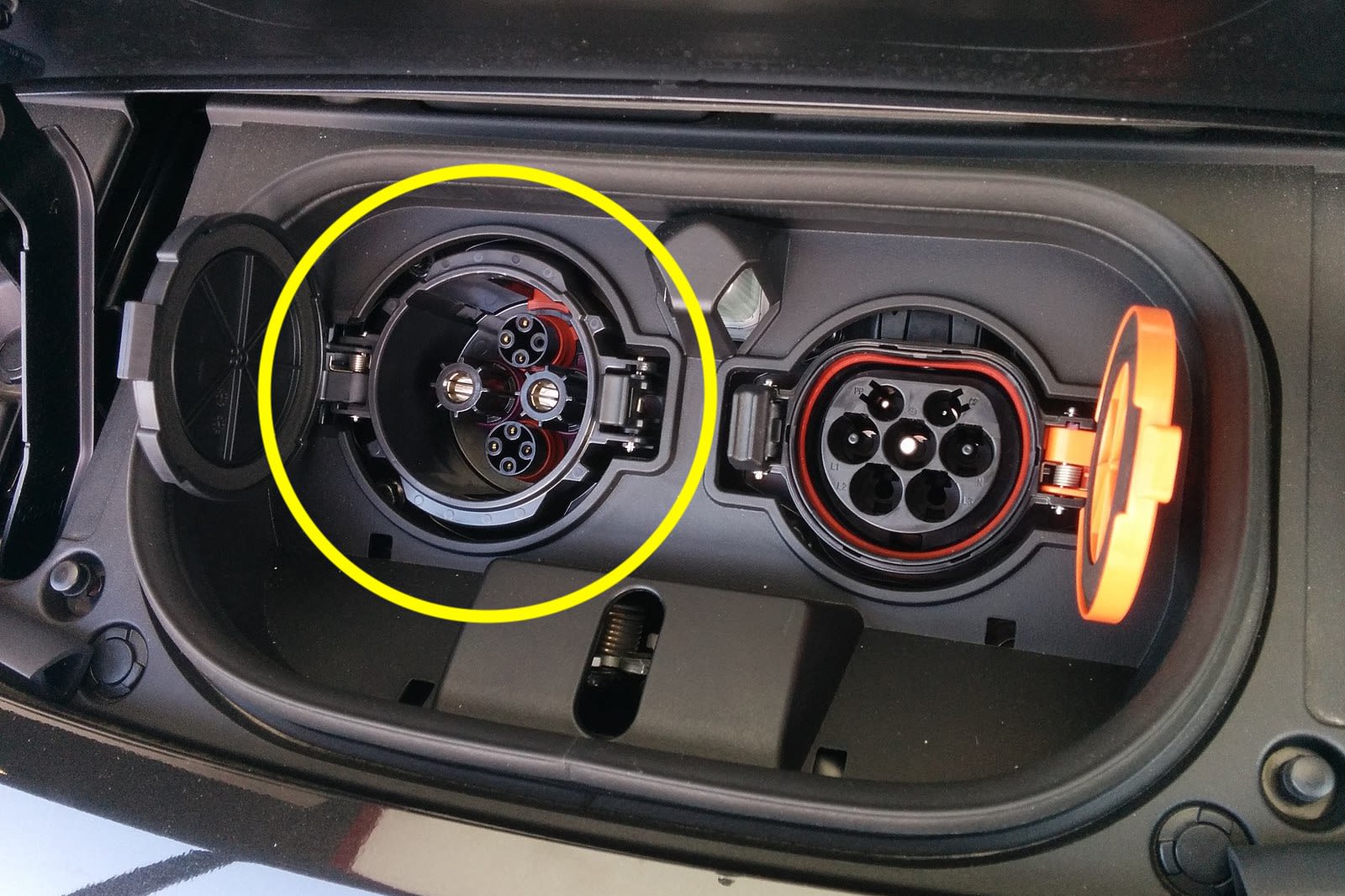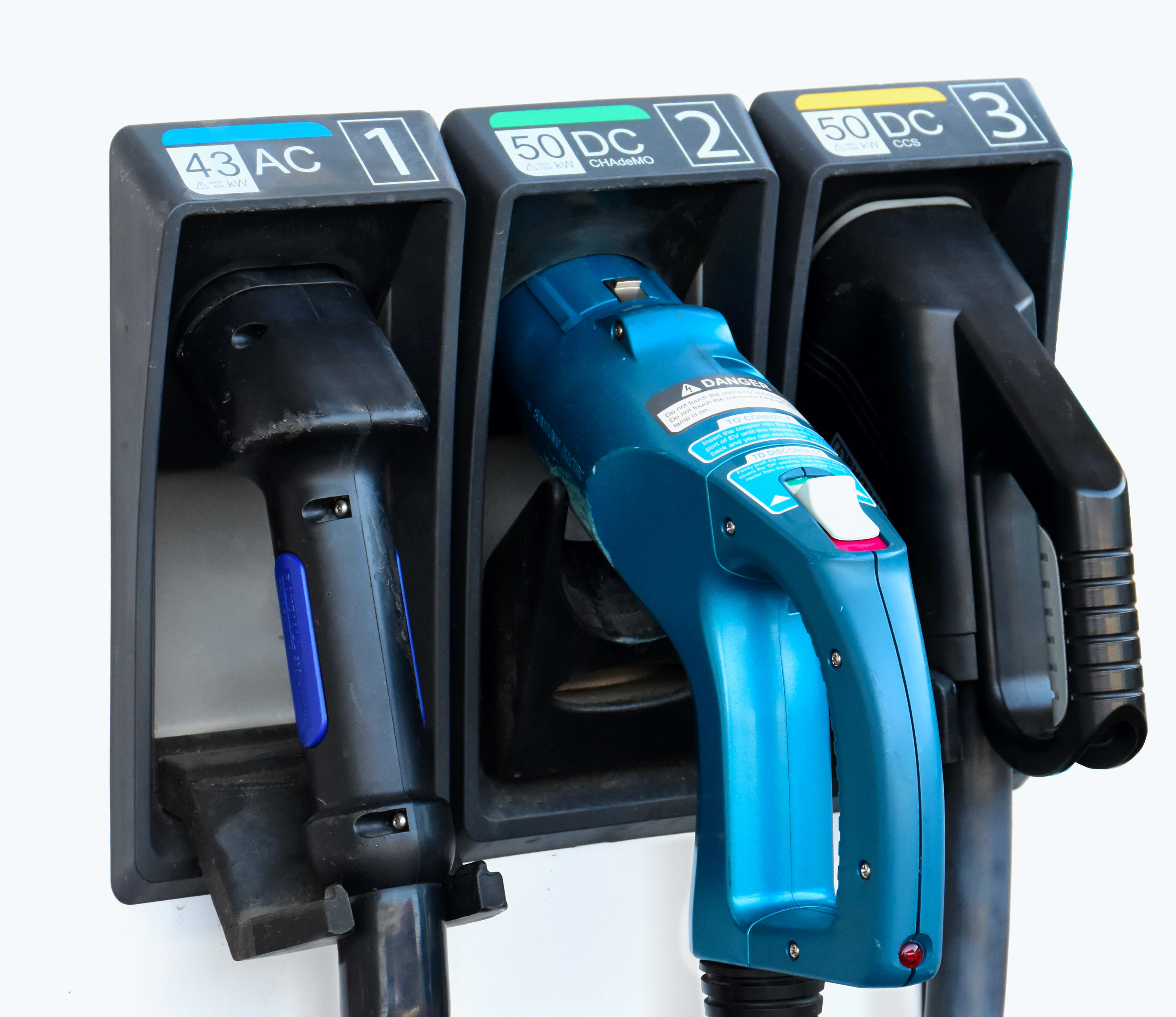
Rapid Charging on Trips
Did you know that 99% of journeys are less than 100 miles? That means – in the vast majority of cases – there’s no need to stop and charge your all-electric car for daily driving.
But if you go on a long trip, the distance you need to travel might be greater than your car’s maximum range on a single charge. Rapid chargers are the solution. Read on for advice on where they are, how to use them, costs, etc.
What are rapid chargers?
A rapid charger is a type of electric vehicle charging point designed to charge your electric car’s battery as quickly as possible.
You can’t have them put in at home, as your home’s electricity supply isn’t suitable. Instead they’re installed at various public locations.

Where can I find them?
Rapid chargers are generally found at convenient stopping points on your journey. For example, at motorway services and petrol stations.
Many sat navs will now show rapid charging stations on the map. Alternatively use a smartphone app like Zap-Map to find rapid chargers on your route.
Can all EVs rapid charge?
Nearly all fully electric cars (BEVs) are capable of being rapid charged. Most of them use the CCS standard. Some still use the CHAdeMO standard. See the photos below showing what the different plugs and sockets look like.
Some plug-in hybrids (PHEVs) can be rapid charged, others can’t. Don’t worry if your PHEV can’t rapid charge – you have the combustion engine to fall back on when your battery runs out of charge.
CCS Plug

CCS Socket on vehicle

CHAdeMO Plug

CHAdeMO Socket on vehicle (yellow circle)

What's the difference between DC and AC rapid charging?
The CCS and CHAdeMO standards described above are both examples of 'DC' rapid charging. DC stands for 'Direct Current' and it's the most effective way of charging your car's battery quickly.
Some electric vehicles rely on 'AC' rapid charging (Alternating Current). This method of rapid charging is now less common and not all rapid charging stations have an AC plug.
AC Plug

Rapid Charger with AC, CHAdeMO and CCS Plugs

How do I plug in?
You don’t need to bring a cable to plug into a rapid charger – they come with their own cables and plugs permanently attached.
If your car has a CCS socket, just grab the CCS plug from the charging station, and plug it in.
If your car has a CHAdeMO socket, plug in the CHAdeMO plug instead.
How do I get the charging to start?
Many rapid chargers now come with contactless payment. Once you’re plugged in, follow the instructions, tap your credit card, and charging will begin.
Some rapid chargers don’t yet have contactless enabled. Instead you’ll probably need to download an app, fill in your details including credit card, and then you can charge.
How much does it cost to charge and how do I pay?
Rapid charging costs vary enormously and are fluctuating a lot at the moment due to the energy crisis. Current rates range from 48p per kWh, all the way up to about 79p per kWh. By way of contrast, home charging can be as low as 7p per kWh when charging off-peak.
You can often get charging rates down by registering or subscribing to a particular network or group of networks. Here are the common payment methods:
- Pay-as-you-go (contactless or app) – very convenient, but often a bit more expensive, e.g. InstaVolt
- Monthly subscription to a particular network – works out cheaper than pay-as-you-go if you regularly need to rapid charge (you’ll probably be sent an RFID card which you tap to start charging)
- Monthly subscription to a group of charging networks – allows you to access a greater number of charging points from different providers, e.g. Zap-Pay.
Questions?
Phone our dedicated EV team now on
0118 3048 688
or email us at
enquiries@selectcarleasing.co.uk















